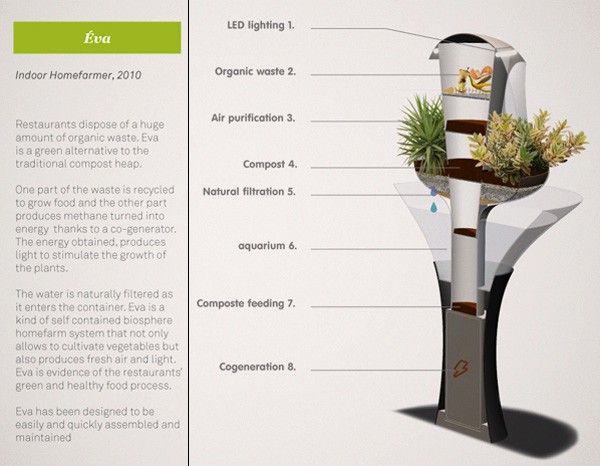Banana peels for plants
Four ways banana peels can help your plants
We all know overripe bananas can be peeled, cut, and frozen in a zip-lock bag or airtight container and used later in baking or smoothies, but did you know banana peels can help your plants?
Prepare to level up your waste warrior and plant-parent status with these simple ideas that will save you money and reduce waste to landfill.
What's so good about banana peel?
Banana peels contain:
- calcium, which promotes root growth helps add oxygen to your soil
- magnesium, which assists with photosynthesis
- sulphur, which helps plants develop strong roots and repel pests
- phosphorus, which improves fruiting and flowering and assists with pollination and seed germination and viability
- potassium, which improves general plant vigour, including building resistance to pests and diseases and assists with fruit development.
Basically, banana peels are full of nutrients your indoor plants and garden will love.
Ways to use banana peels in your garden
Don't waste banana peels by throwing them in the bin. Try out these ideas.
1. Homemade liquid fertiliser and non-toxic pest repellent
Start by cutting your banana peels into small pieces and putting them in a bucket or container and covering them with water. Leave them for two to three days. Stir occasionally.
Strain and use the liquid to water your plants. You can also add the liquid to a spray bottle and spray it onto the leaves and branches of your plants to help deter aphids.
Take this mixture a step further by adding crushed eggshells and a spoonful of Epsom salts.
Make this a zero waste recipe by adding your strained peels to your worm farm, bokashi, or compost bin, or simply bury them in the soil of your garden or potted plants.
2. Homemade slow-release fertiliser
Chop your banana peels into pieces and lay them on a tray to dry them in the sun or in a low oven (with the door slightly open).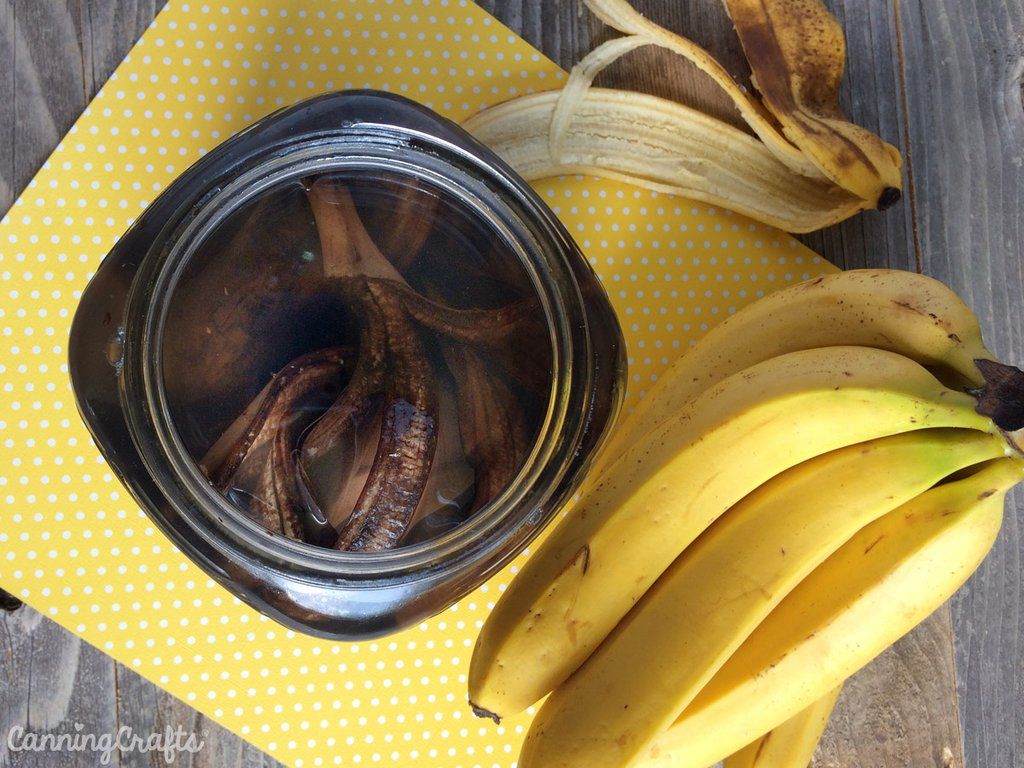
You can use them as dried banana skin chips, or grind or blitz them into a powder. Bury your powder or chips in pot plants or garden soil, or mix into your potting mix to improve your soil's nutritional value.
Epiphytes such as staghorn, orchids, bromeliads, and bird's nest ferns will especially love this slow-release fertiliser added every few months.
3. Use them as mulch
Mulch helps improve the quality of your soil and the health of your garden by suppressing weeds, providing a home for plant-friendly insects and microorganisms, as well as helping retain moisture by up to 70% more than un-mulched soil.
Banana peels can be placed directly onto pot plant soil, or around the base of your garden as mulch. As they decompose, they will release nutrients into the soil to feed plants.
If using banana peels in your garden, place a single layer straight on top of the soil, being sure not to let them touch the plant stem. Cover the peels with a standard mulch, such as sugar cane mulch, to prevent attracting fruit flies.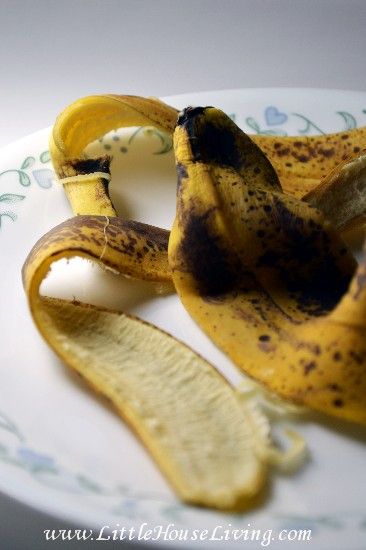
4. When in doubt, compost, compost, compost!
Banana peels are a great ingredient for your compost or worm farm, adding lots of nutrients to the organic recycling process.
Council is making purchasing your organic recycling system easier with our compost rebate program. The program provides eligible Brisbane residents with a rebate of up to $70 off the purchase of eligible composting equipment. Whether you live in a house or apartment, and whether you're a home owner or renter, there's a composting system to suit your needs.
Council has also partnered with a number community gardens around Brisbane to help residents who are unable to compost at home, recycle their kitchen scraps. Our Community Composting Hub program encourages residents living near a hub to regularly contribute their kitchen scraps to community garden compost bins.
Video
Watch our video below or watch it on Council's YouTube channel.
Related links
- Food waste in Brisbane
- Love Food Hate Waste
- Brisbane's top three most wasted foods
Date posted:
Using banana peels as fertilizer – to boost your plants
(Image credit: Alamy)
Using banana peels as fertilizer may seem unconventional, but this expert-approved garden idea will boost your plant's health (and it's sustainable too).
After Joanna Gaines famously fed her staghorn fern banana peel to boost the plant's potassium level, we got thinking. Is using banana peels as fertilizer the answer to plant problems? Here, the experts explain all you need to know.
Using banana peels as fertilizer
Banana peel is rich in vitamins and minerals, including potassium, which is one of the three essential nutrients plants need to stay healthy. According to the experts, there are four main ways to use your banana peels in the garden, including a water trick and a technique for chopped peels.
According to the experts, there are four main ways to use your banana peels in the garden, including a water trick and a technique for chopped peels.
1. Banana peel water
(Image credit: Alamy)
The co-founder of Seedsandspades.com , Erinn Witz, suggests creating banana water from the peel. This water is the perfect cottage garden idea that will give your blooms a boost.
‘Chop up the peels to about ½inch to 1 inch in size, pack them into a clean, empty glass jar and fill with water,’ Erinn says. She explains that you should allow the jar to sit in a moderately sunny spot for approximately 24 hours – at which time the water will turn brown (as the nutrients leak out).
You can then use banana peel water to water your plants before distributing the peel pieces into the compost.
‘I like this strategy because you can get two uses out of your peels: mineral-rich water and green material for the compost,’ Erinn says.
2. Banana peel for the compost
(Image credit: GettyImages)
Using banana peels as fertilizer can be harder in the winter, but Erinn has a solution that will keep your compost healthy ahead of the warmer seasons.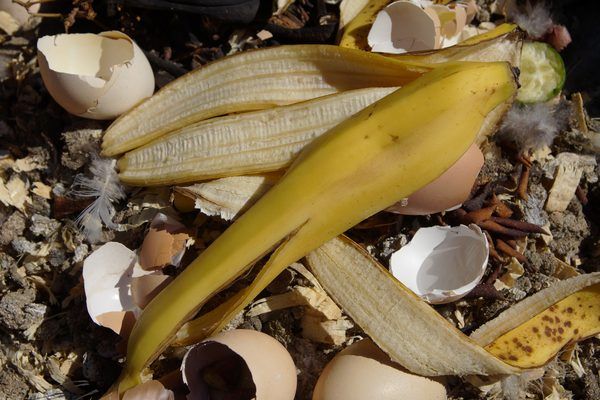 You can introduce banana peel into your winter garden ideas by chopping the peels into one-inch pieces and adding them into your compost for spring. According to Erinn, ‘the more, the better.’
You can introduce banana peel into your winter garden ideas by chopping the peels into one-inch pieces and adding them into your compost for spring. According to Erinn, ‘the more, the better.’
3. Burying banana peels in the garden
(Image credit: GettyImages)
Another way to bring banana peels into the garden is by burying them directly into the soil. ‘This is an effective way to get nutrients into the soil, even if you don’t have space for a composter,’ Erinn explains.
However, before experimenting with this technique, the expert warns that the buried peel may attract squirrels and chipmunks who may be able to smell the produce under the ground.
4. Banana peel on a backboard
(Image credit: GettyImages)
Nikita, the founder of Mitcityfarm , also shares her country garden ideas, adding that you can support banana peels in the garden with a backboard.
'Put a complete banana peel between the plant and the backboard or tree trunk it is supported on if you're cultivating a staghorn, elkhorn, orchid, or similar plant,' Nikita instructs.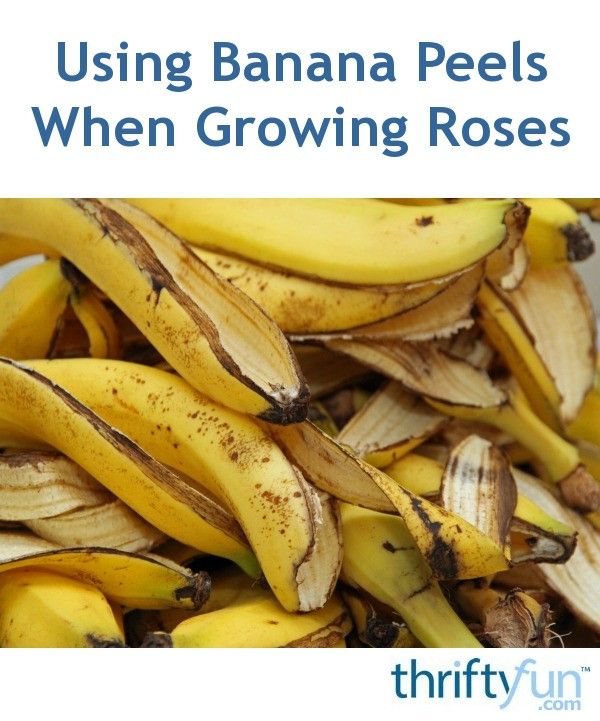 When the banana peel is placed in this specific position, it is able to gradually degrade and release nutrients as the plant is watered or rains.
When the banana peel is placed in this specific position, it is able to gradually degrade and release nutrients as the plant is watered or rains.
As Joanna's large staghorn is 26 years old, we expect this to be especially useful in the Magnolia store.
Will you begin using banana peels as fertilizer? With these benefits in mind, it would be hard not to.
Megan is the News and Trends Editor at Homes & Gardens. She first joined Future Plc as a News Writer across their interiors titles, including Livingetc and Real Homes. As the News Editor, she often focuses on emerging microtrends, sleep and wellbeing stories, and celebrity-focused pieces. Before joining Future, Megan worked as a News Explainer at The Telegraph, following her MA in International Journalism at the University of Leeds. During her BA in English Literature and Creative Writing, she gained writing experience in the US while studying in New York. Megan also focused on travel writing during her time living in Paris, where she produced content for a French travel site.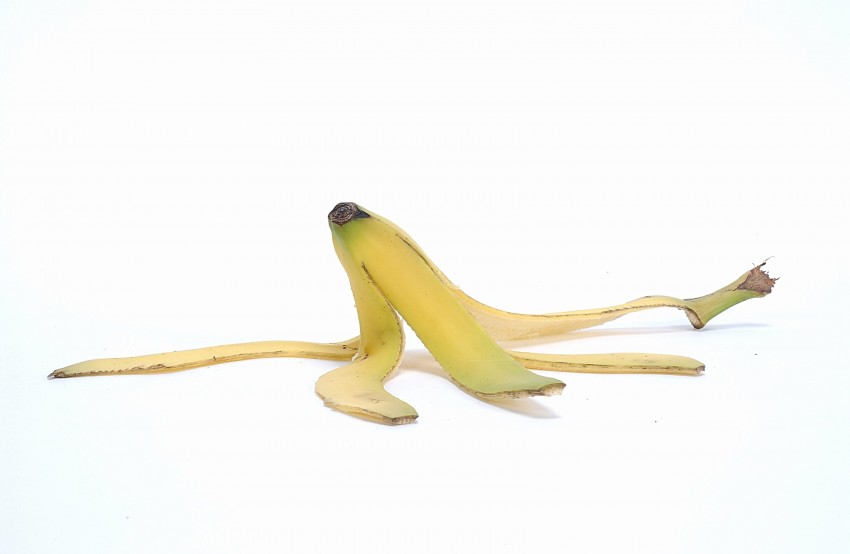 She currently lives in London with her antique typewriter and an expansive collection of houseplants.
She currently lives in London with her antique typewriter and an expansive collection of houseplants.
Banana peel fertilizer for indoor plants
Cheers Author Anna Sakhnova
What do you know about bananas? They are tasty and healthy, they are loved by children and adults, and they are also the most popular fruits in the world. In addition to all that has been said, banana skins turn into natural fertilizer. How to properly prepare a miracle top dressing for indoor plants and how to make it, we will analyze with you.
Benefits of banana
Banana has long ceased to be exotic, its fruits can be found in any market or supermarket. What is the reason for the popularity of bananas and what benefits do they have? If you look at their chemical composition, questions will disappear by themselves. Banana fruits contain a lot of fiber, potassium, calcium, magnesium, phosphorus, B vitamins and vitamin C.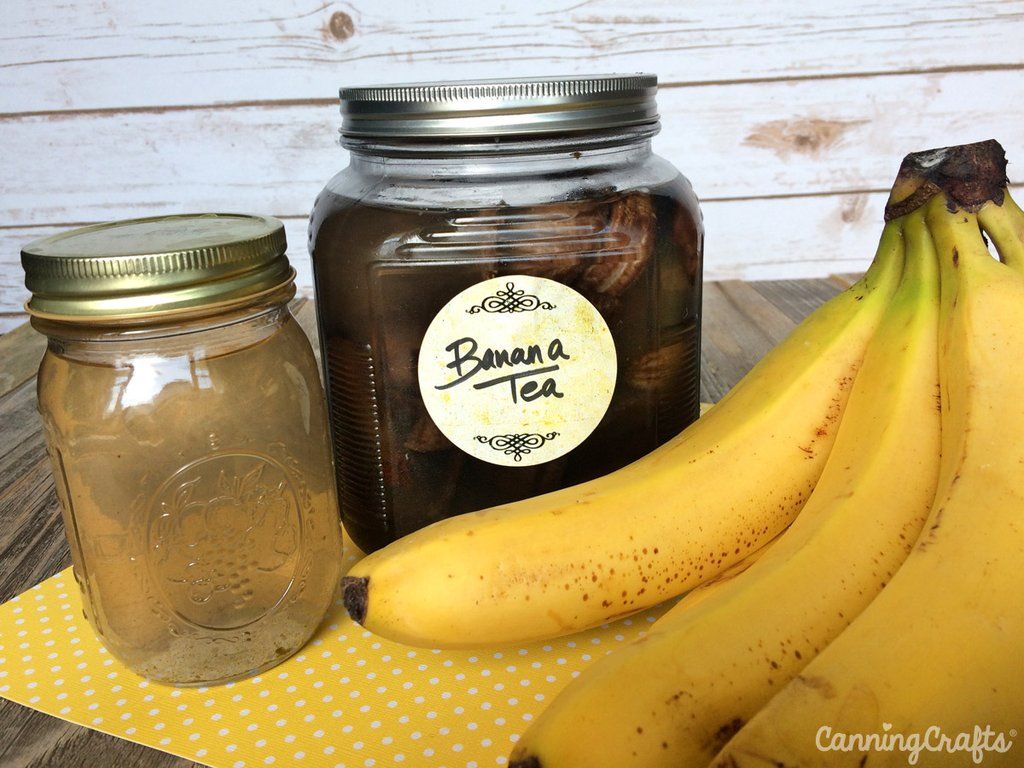 They are natural antidepressants and quickly replenish energy. But why has banana peel fertilizer become so popular in gardening?
They are natural antidepressants and quickly replenish energy. But why has banana peel fertilizer become so popular in gardening?
Benefits of banana for plants
As mentioned above, the banana has a very rich chemical composition and all of the listed elements are necessary for plants. Let's take a closer look:
- Potassium is one of the main nutrients for all plants. It increases resistance in the fight against diseases and pests, plays a role in the synthesis of proteins, there is no photosynthesis without potassium, plus it is responsible for resistance to adverse factors. In addition, potassium is involved in dozens of other processes necessary for the normal development of the plant.
- Phosphorus is another essential plant nutrient. It is responsible for metabolic processes, regulation of respiration and photosynthesis. Phosphorus is necessary for the roots and is involved in the formation of seeds and buds. Without this element, you should not expect long flowering.
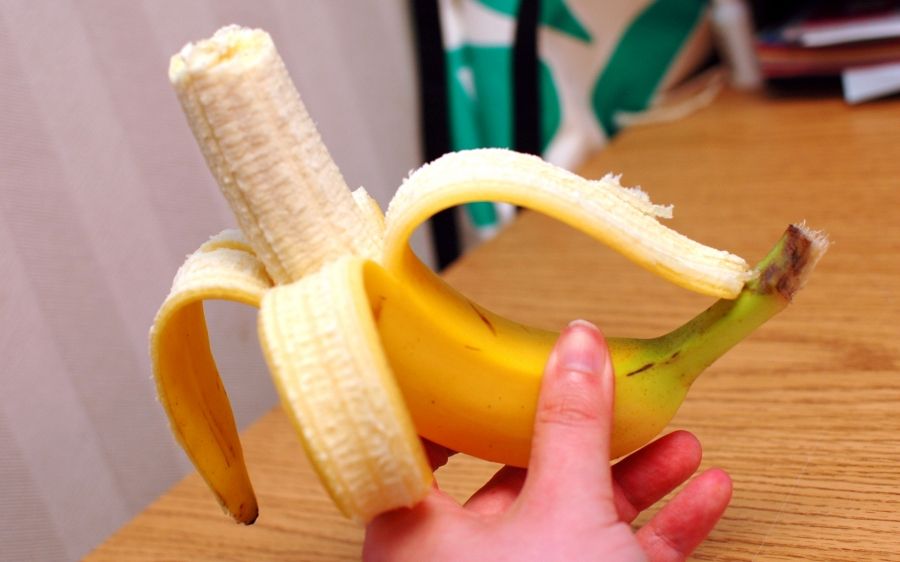
- Plants need calcium no less. It affects the water balance and is necessary for the roots; without its participation, other macro- and microelements will not be able to be normally absorbed by the plant.
- Magnesium is necessary for the formation of chlorophyll, and therefore important for photosynthesis and the process of respiration. In addition, it is needed for a dozen other processes.
As you can see, banana fruits contain many elements necessary for the plant. Therefore, organic fertilizer and composting enthusiasts constantly use banana peels in their recipes.
Do-it-yourself banana fertilizer
Do-it-yourself banana peel fertilizer is not difficult. The choice of application method depends only on whether you want to bother or not.
Banana peel application at planting
Decided to start transplanting plants, but there is a banana in the refrigerator? It's time to eat it. Thus, you will be energized and prepared to create natural fertilizer with your own hands.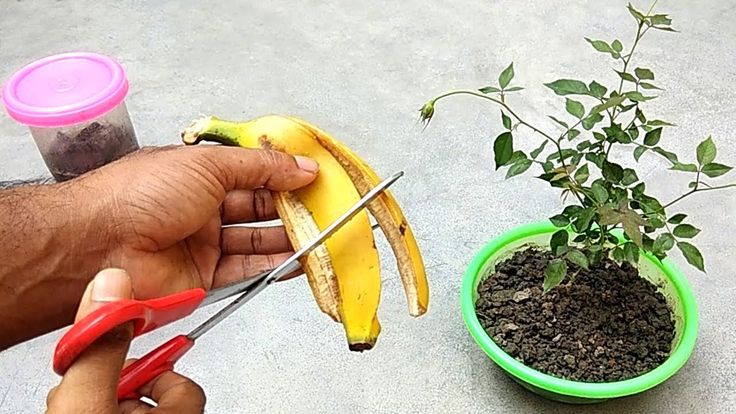 What should be done?
What should be done?
- Rinse and dry the banana peel.
- Cut the skin with a knife or scissors.
- Insert the chopped banana peel into the planting pot to a depth of 10 cm.
- Plant a plant.
Banana peel as a dry top dressing
Banana peel is applied to already planted plants. To do this, it is:
- Wash well.
- Cut into pieces.
- The peel is dried in the sun, vegetable dryer or otherwise.
- After drying, it is ground in a coffee grinder or hand blender.
This will give you a dry, concentrated banana peel fertilizer. It can be mixed with the soil or sprinkled with earth in a thin layer around the plants. For this method, it is better to collect more peel, because after drying, its volume will decrease significantly.
Banana peel infusion
It's time for the most popular recipe - banana peel infusion.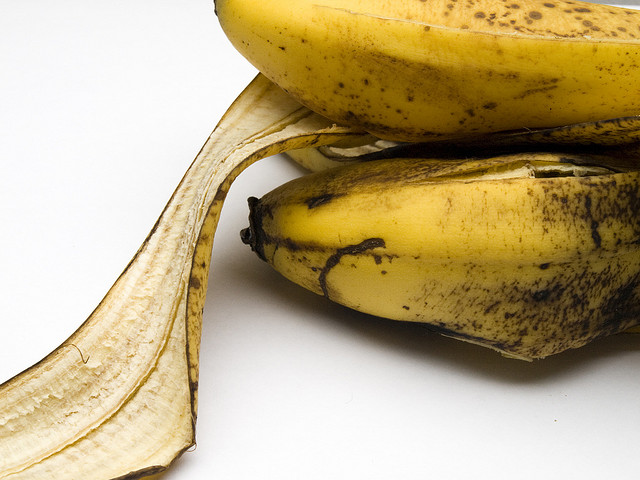 For him, we take:
For him, we take:
- Well-washed skins from three bananas and grind them. This can be done with a knife or in a blender, it is important to get a uniform consistency. I recommend not to use the tail, it is hard to cut.
- We put the crushed peel in a three-liter jar and fill it with boiled water.
- We put it in a dark cool place for two days.
- The infusion is ready. For irrigation, it is diluted with water 1: 2.
Pros and cons of using banana peels
Natural fertilizers should be used wisely, especially homemade fertilizers. And so let's analyze the benefits of a banana peel:
- Bananas are always available.
- Fertilizer preparation is quite simple.
- If you are an adherent of intelligent consumption and proper waste disposal.
Disadvantages of banana fertilizers:
- Cannot be used fresh.
 Firstly, unrotted organic matter attracts midges and can cause rotting. Secondly, there is a lot of water in the fresh peel, and the decomposition process takes a long time, so the useful elements will not get to the plants soon.
Firstly, unrotted organic matter attracts midges and can cause rotting. Secondly, there is a lot of water in the fresh peel, and the decomposition process takes a long time, so the useful elements will not get to the plants soon. - Bananas, like other industrial plants, are subjected to a large number of treatments and can accumulate harmful substances. Therefore, the peel is thoroughly washed before use.
- The problem with all homemade fertilizers is that we can't know the exact chemical composition. Therefore, they are used with caution.
Composting is an ideal use for organic residues. Yes, this is a more responsible and complex process, but the quality of the fertilizer is much higher. Moreover, you can use not only banana peels, but also vegetable peels, tea leaves and egg shells. To prepare compost, home composters will come to your aid - special sealed containers that do not let the smell through. For faster results, use microbiological preparations. By choosing this method, you benefit not only plants, but also the environment as a whole.
By choosing this method, you benefit not only plants, but also the environment as a whole.
The use of homemade organic fertilizers is a real trend among flower growers. If you are a fan of experiments and also like bananas, use the above recipes. And do not forget that the function of organic fertilizers for the most part is not to feed, but to improve the structure of the soil and increase its fertility.
Recommended items:
Banana peel as a fertilizer for indoor plants and flowers: the pros and cons of top dressing
Content:
- Benefits from the skin of banana
- Feeding
- Application on the site
- When to use top dressing
- Methods of preparation
- for which plants are suitable for which plants are suitable for the minting and precautions banana skins are not worth it if there is a summer cottage, because you can always prepare an affordable and healthy fertilizer at home from the peel.
 The banana peel contains a lot of vitamins and minerals. It is inedible for humans, but indoor plants and crops in the garden will definitely like it.
The banana peel contains a lot of vitamins and minerals. It is inedible for humans, but indoor plants and crops in the garden will definitely like it. Benefits of banana peel
Dried and fresh banana flower food is dominated by magnesium and potassium. Other components: phosphorus and sodium, as well as iron, manganese and calcium. Little nitrogen. The specified complex of substances, as a rule, is used as a flowering and fruiting stimulator.
Benefits of banana peel houseplant food:
- root growth;
- strengthening of stems;
- uniform distribution of water and nutrients;
- immune booster;
- normalization of photosynthesis;
- disease protection.
If we talk about fruit plantings, banana skins will increase the sugar content of the crop. One most often this fertilizer, made by hand, is used to grow indoor flowers. But there is a successful experience of its use for feeding vegetable crops in the open field, garden seedlings and greenhouse vegetables.
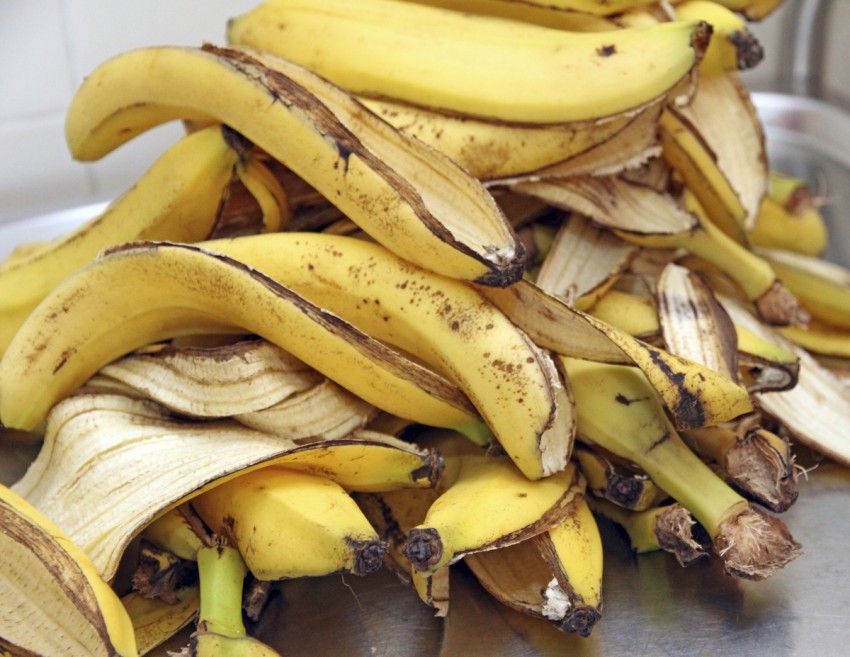
Banana peel fertilizer for indoor plants enriches the soil, gives energy to plant cells, accelerates budding, supports seedlings after transplantation. Seeds germinate faster, and seedlings take root and grow better.
Disadvantages of banana peel nutrition
When planning to use banana skin to fertilize indoor plants and seedlings, you need to consider not only the advantages, but also the disadvantages of this natural top dressing. Cons are as follows:
- organic matter decomposes and emits a not very pleasant smell;
- overdose is fraught with midges;
- the sugar in the peel attracts flies and ants;
- ready-to-use irrigating compound must be used within the next 10 hours.
Other disadvantages are that bananas are chemically processed for transportation and ripening. Harmful substances accumulate in the peel, so it is important to process it as carefully as possible before processing.
Not every crop will take banana peels well.
 They are disliked by bulbous plants, as well as crops and some fruit-bearing trees.
They are disliked by bulbous plants, as well as crops and some fruit-bearing trees. Application of a simple banana fertilizer on the site
In the form of fertilizer solutions for flowers from a banana peel, add to each pot twice a week. Consumption is about 1 cup per plant. For indoor flowers use 2 tbsp. l. for 1 pot. Repeat the treatment every week. Instead of watering, spraying is allowed. The flowering of annuals from this will come earlier, pleasing with unusual splendor. Perennial flowers are not sprayed, as lush flowering depletes crops. For tomatoes, take half a cup of liquid for the beds, and for cucumbers - a quarter cup per 1 bush.
When is the best time to use top dressing
When planning to use banana peel as a fertilizer for indoor plants and gardens, follow the recommended time and methods of application.
Top dressing can be used as powder, liquid, lumps and compost. The choice depends on the amount of raw materials, personal preferences and the place of processing (indoors or outdoors).
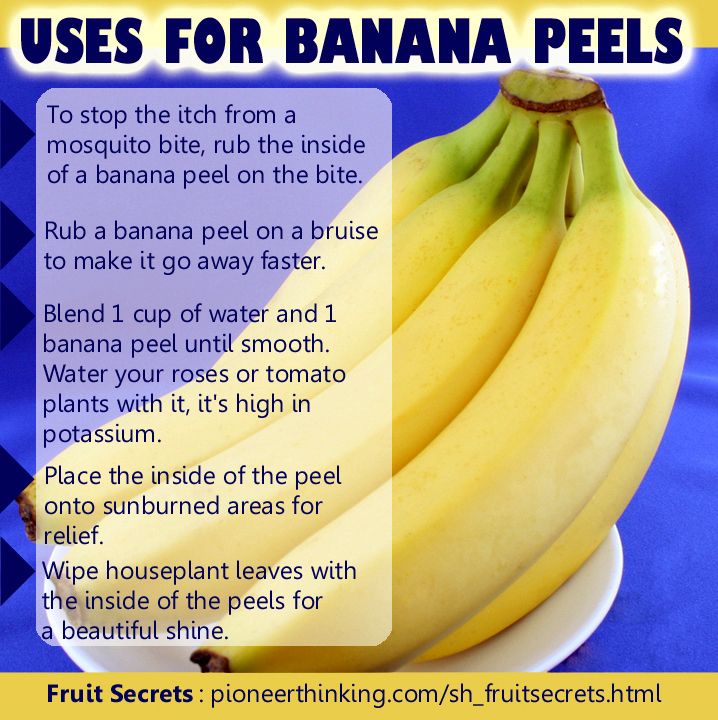 So, fresh skins are used during transplanting or planting seedlings. The solution is sprayed and watered on the crops, the seeds are prepared for germination. In the form of dry crusts, powder and compost, the skins are good for soil mulching.
So, fresh skins are used during transplanting or planting seedlings. The solution is sprayed and watered on the crops, the seeds are prepared for germination. In the form of dry crusts, powder and compost, the skins are good for soil mulching. Easy ways to make healthy fertilizer
There are many recipes for banana peel flower food. However, a pronounced effect is obtained only under the condition of competent and timely application of fertilizer. The easiest way to prepare is to grind fresh peel. Pieces cut with a knife are simply buried in the ground, and soil is poured on top. Fresh skins are always buried 10 cm into the soil, as they will become moldy on the surface. After that, you can plant plants or seeds. The effect of banana top dressing will appear immediately. Even the most frail crops will quickly get stronger, and seedlings will become resistant to frost and disease.
Dried skins or mortar are suitable for flowering and fruiting plants.
 To use the banana peel as a fertilizer for flowers and houseplants, you need to process it yourself by cutting it into pieces and drying it, and then grinding it in a coffee grinder. The resulting powder should be slightly sprinkled on the ground near the plants. For seedlings of vegetables use 1 tsp. powder under the stem.
To use the banana peel as a fertilizer for flowers and houseplants, you need to process it yourself by cutting it into pieces and drying it, and then grinding it in a coffee grinder. The resulting powder should be slightly sprinkled on the ground near the plants. For seedlings of vegetables use 1 tsp. powder under the stem. An infusion is made from dried peels soaked in water. The liquid is left to ferment for 5 days, then filtered and diluted with clean water in a ratio of 1:2 (for irrigation) or 1:10 (for spraying).
Plants best suited for banana dressing
Banana peel dressing is most commonly recommended indoors to keep indoor flowers healthy. If there is enough raw material, you can fertilize the beds with tomatoes and cucumbers in greenhouses.
Dried and dried peel is suitable not only for cucumbers, tomatoes, but also for eggplants, potatoes and flowers (roses, cyclamen, begonias). The infusion is good for the above crops, as well as exotic ones, such as coffee and citrus trees, avocados.
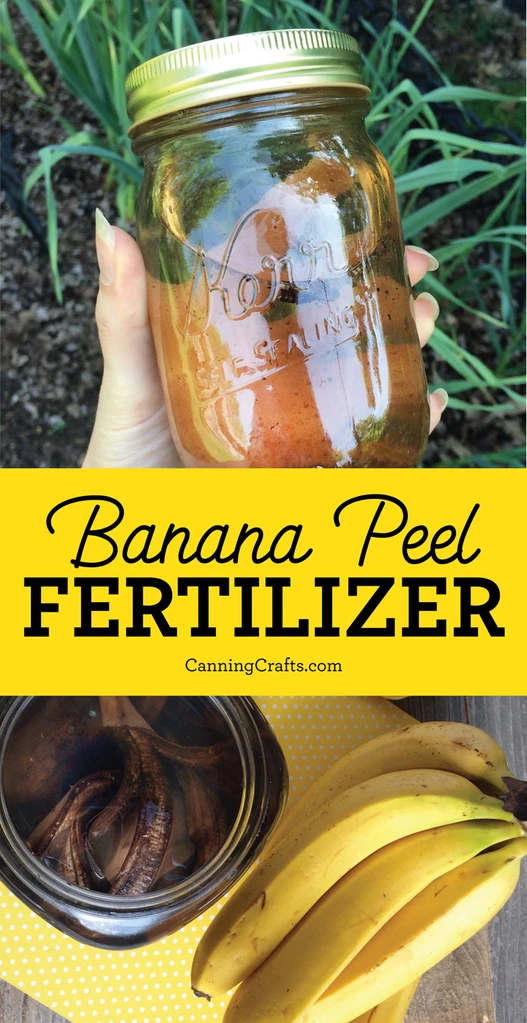 Fresh skins in the flower garden will become bait for bees that pollinate plants. During the day, the peel is hung on the branches, and removed at night.
Fresh skins in the flower garden will become bait for bees that pollinate plants. During the day, the peel is hung on the branches, and removed at night. Banana top dressing will increase the yield of nightshade no worse than mineral fats. It contains a lot of potassium. It is enough to pour a little chopped dry peel into the hole when planting vegetables, and the result will not be long in coming.
Contraindications and Precautions
Before you start preparing banana peel top dressing, we recommend that you familiarize yourself not only with its advantages, but also with disadvantages, as well as some rules for use.
So, for example, it should be remembered that the peel is a kind of filter for bananas, and various substances accumulate in it, which are not always useful. Therefore, peels from unverified fruit suppliers are used mostly for feeding sunflowers, as well as eggplants and tomatoes, since harmful substances do not accumulate in their pulp.
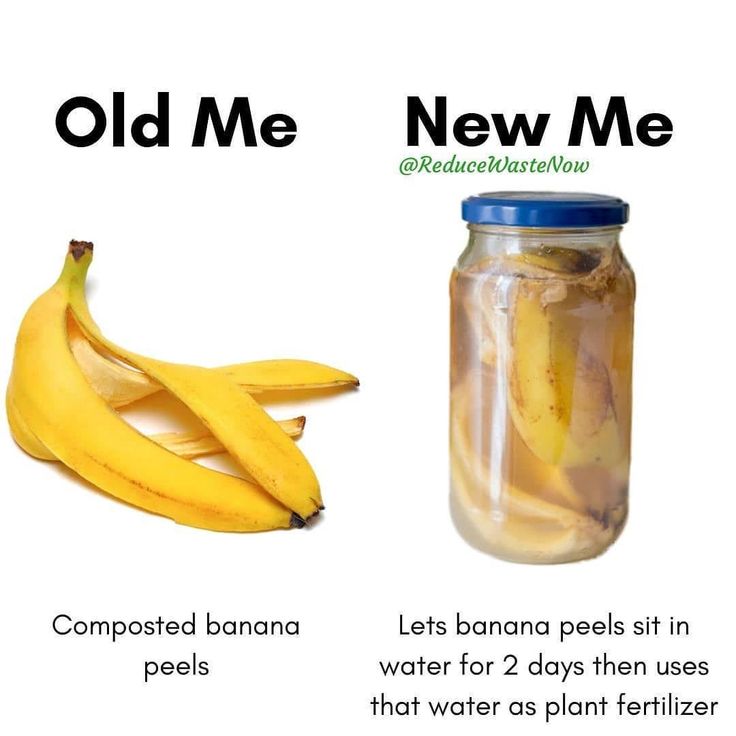
Learn more



